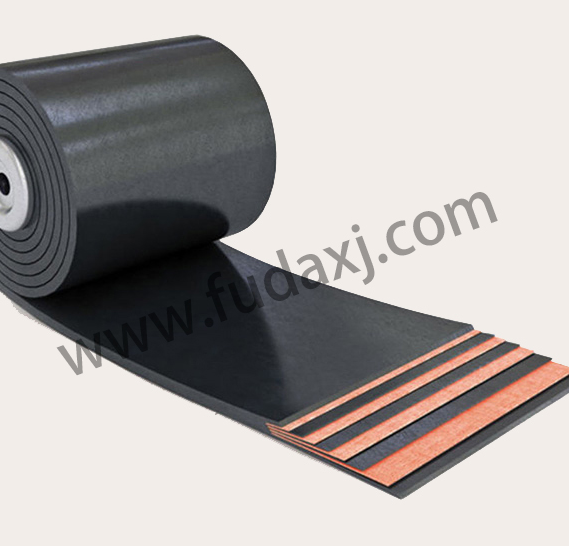The food processing industry relies heavily on conveyor belts to maintain hygiene, speed, and consistency in production. These systems are designed to meet strict sanitary standards, ensuring that products move safely from one stage to another without contamination. Stainless steel and food-grade plastic conveyor belts are commonly used to comply with regulatory requirements.
One of the standout features of conveyor belts in food processing is their ability to handle delicate items without damage. Adjustable speed controls and gentle handling mechanisms prevent bruising or breakage of fruits, vegetables, and packaged goods. This precision is crucial for maintaining product quality throughout the supply chain.
Another advantage is the ease of cleaning. Many food-grade conveyor belts feature smooth surfaces and minimal crevices, making them resistant to bacterial growth. Some systems are even equipped with automated washing stations, reducing downtime between production runs.
Conveyor belts also enhance traceability in food processing. Integrated sensors and tracking systems can monitor product movement, ensuring compliance with safety protocols. This level of oversight is essential for recalls and quality assurance.
Sustainability is another area where conveyor belts are making an impact. Energy-saving designs and recyclable materials help reduce waste, while modular systems allow for easy upgrades without complete replacements.
Conveyor belts are a critical component in food processing, offering unmatched efficiency, hygiene, and reliability. Their continued evolution will further enhance food safety and operational productivity.
